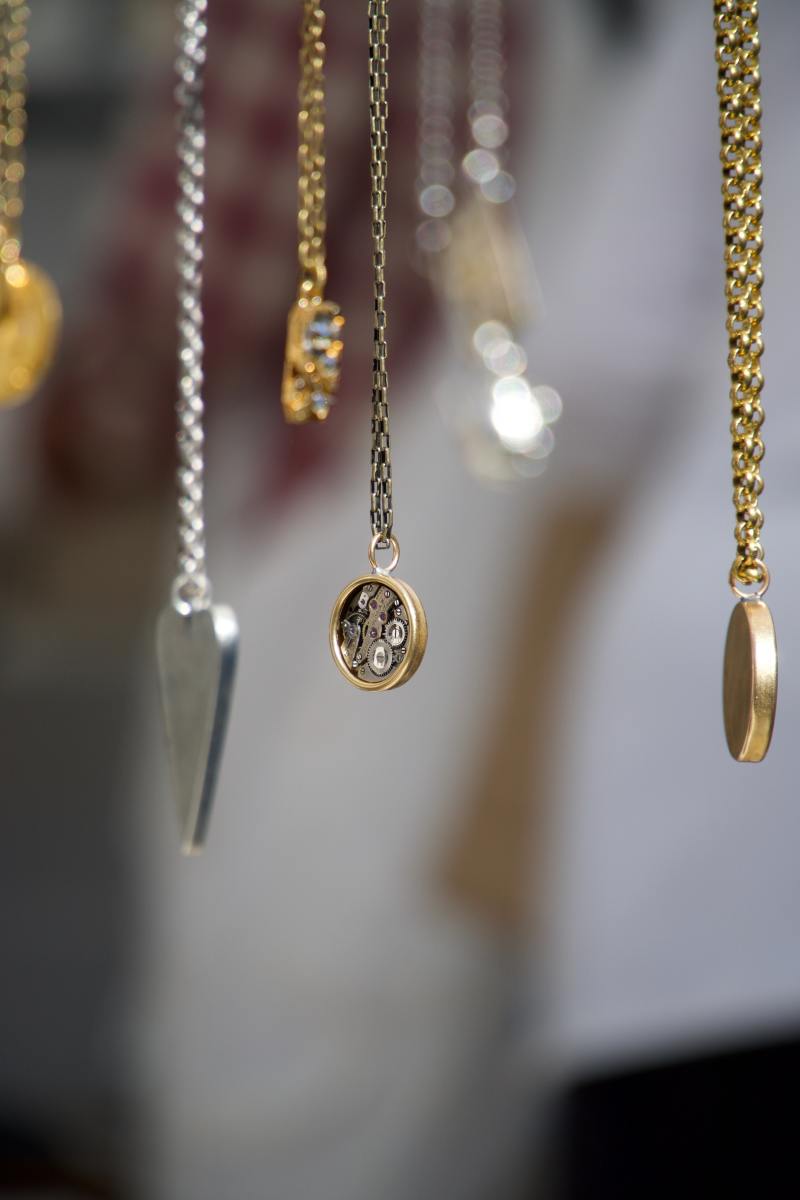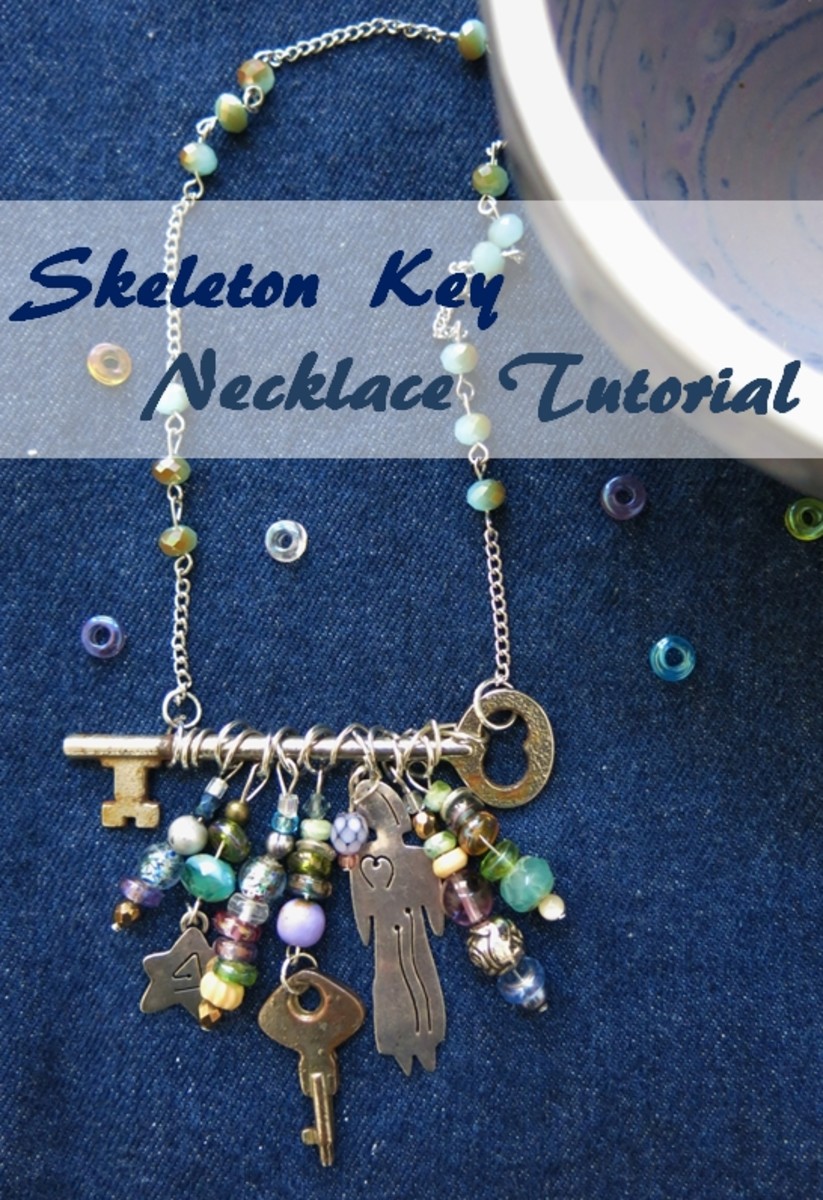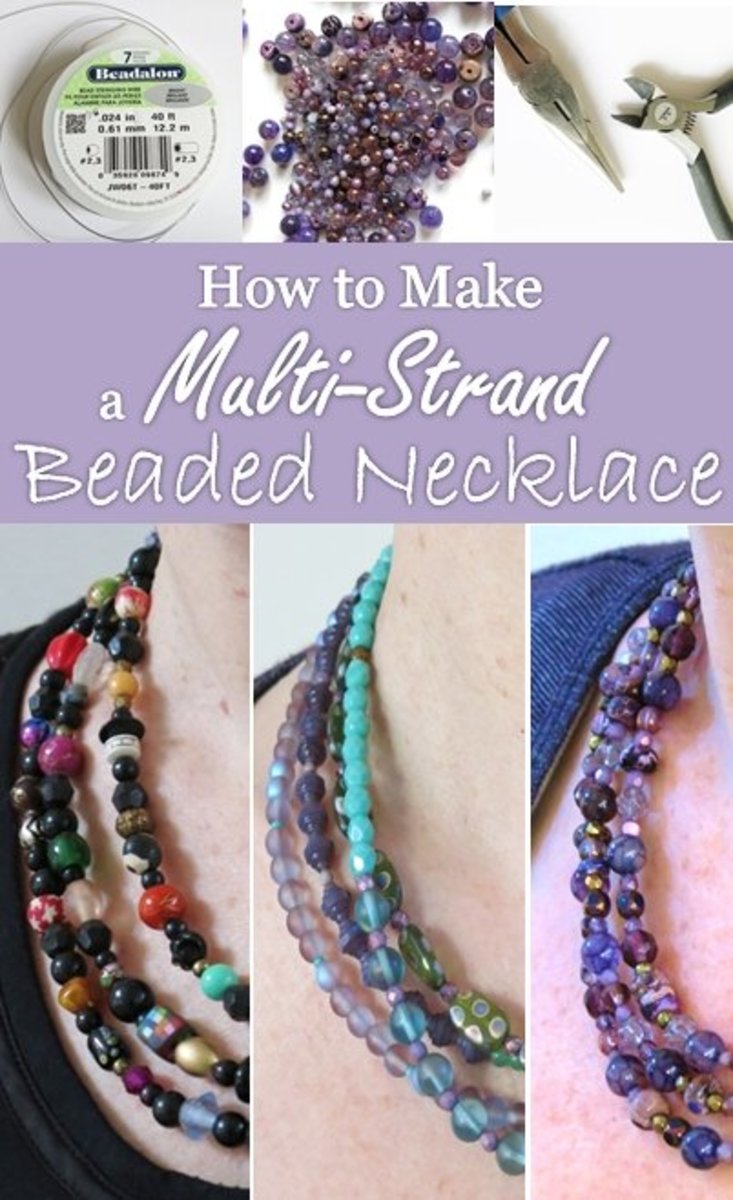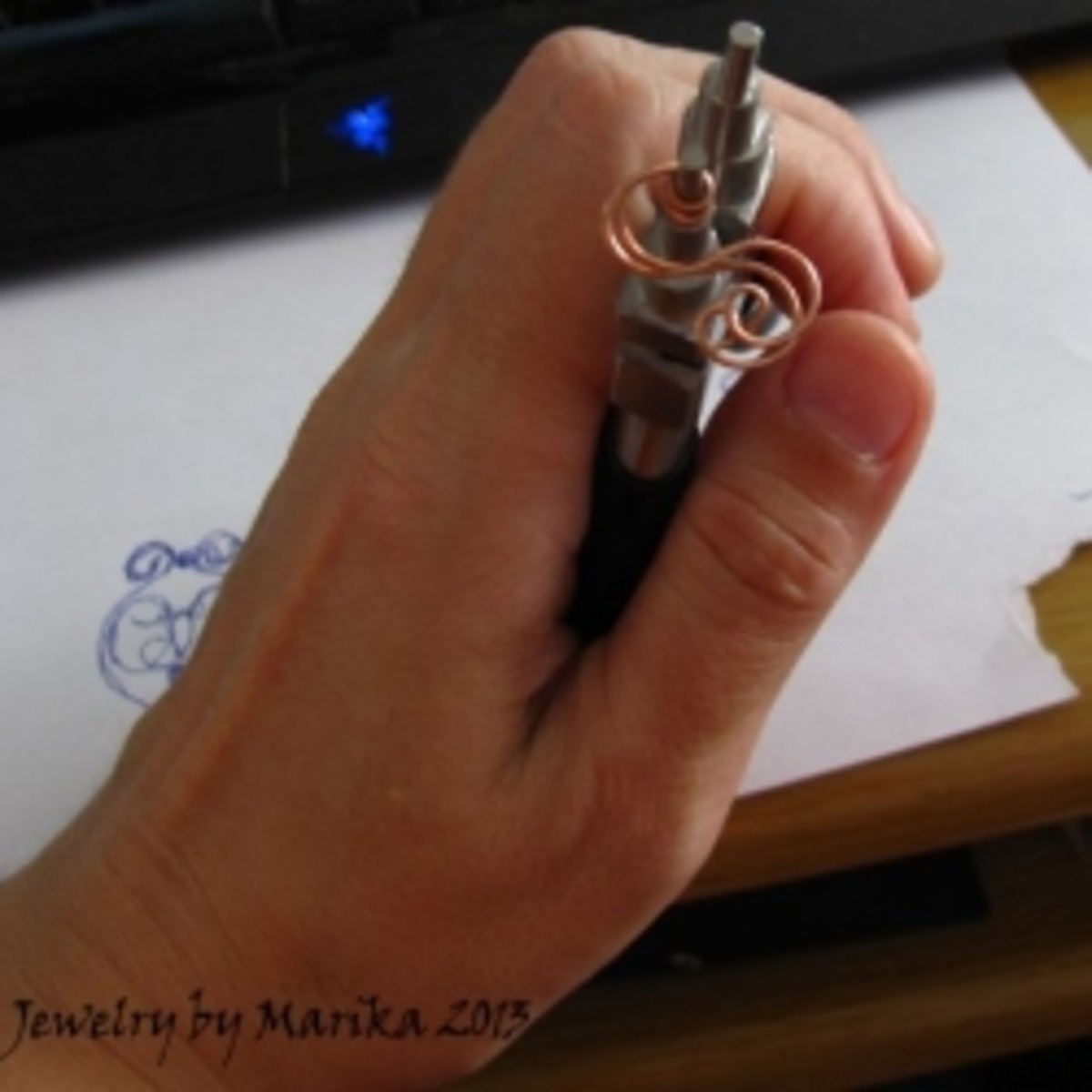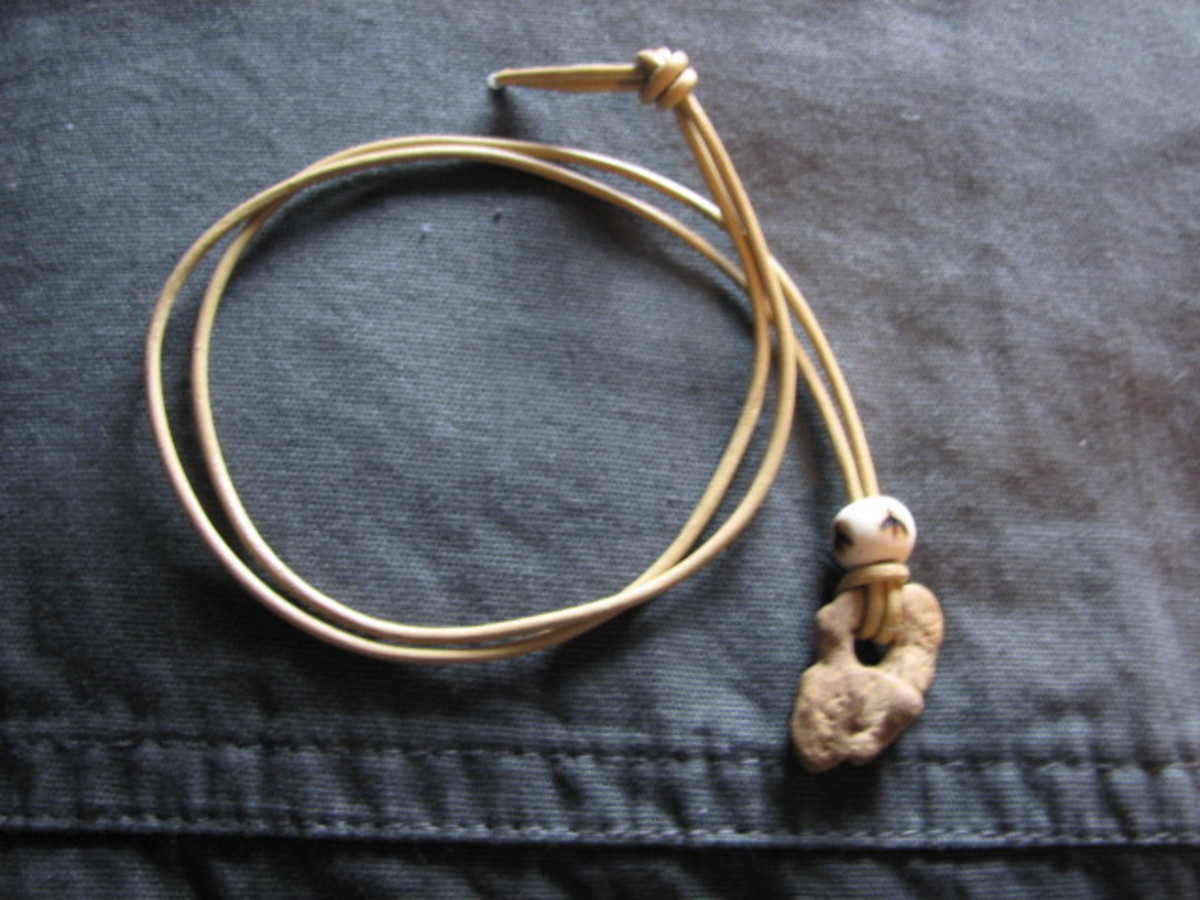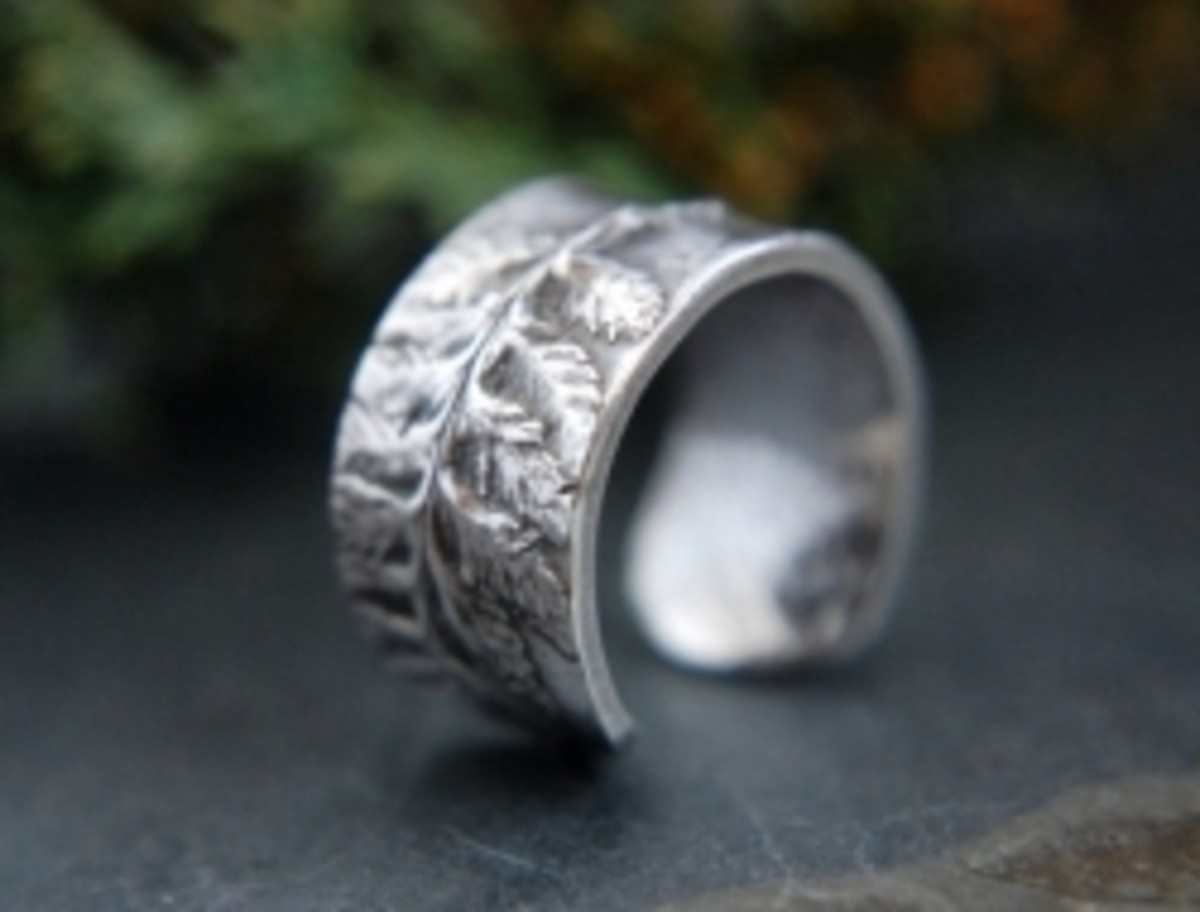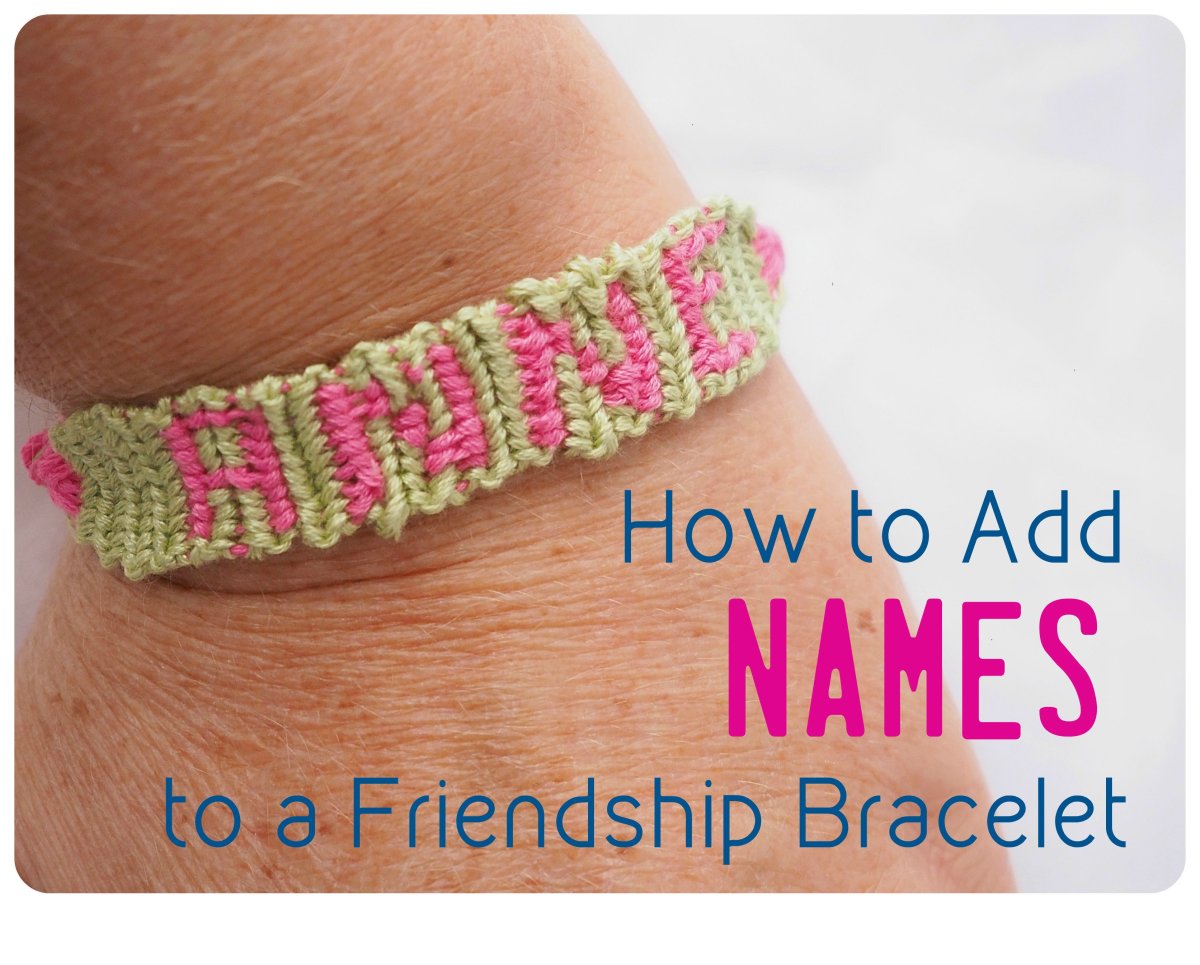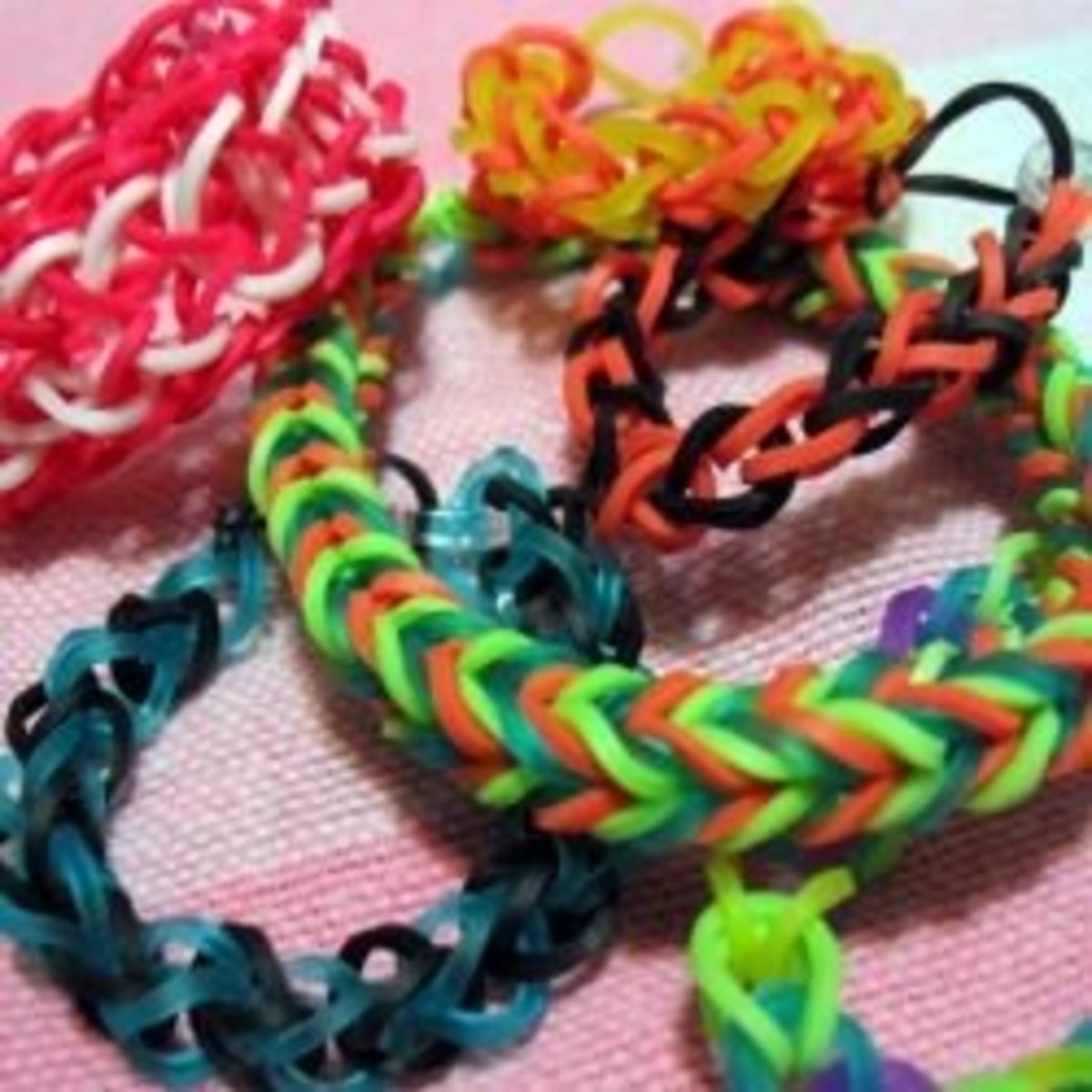How To Begin Making Jewelry: Jewelry Making Basics
How To Make Jewelry
I recently began a new hobby: jewelry making! Jewelry making is fun and exciting, and you always have great gifts on hand for your friends and relatives. However, when I wanted to get started, I had no idea how to begin making jewelry. There are so many different types of jewelry out there, that deciding where to start was quite daunting. I wrongly assumed that all you needed to make a necklace was some beads and some string, but that's not the case; if you want to make a decent-quality piece of jewelry, you need to make sure you have the right kind of beading wire, beads, clasps, etc.
Eventually, I figured out a jewelry making path by trial and error and am now having a wonderful time creating necklaces, bracelets, earrings and rings. But before you begin your jewelry making journey, there are some very basic supplies and tools that you will need. Here are my recommendations for jewelry making basics that every aspiring jewelry artist must have at his or her disposal.
How To Use Jumprings And Split Rings
How To Use Crimping Beads
Basic Tools For Jewelry Making
I highly recommend ordering a beginner's jewelry kit, which usually comes with several types of pliers and files. However, if you prefer to buy each item individually, here are some jewelry making tools that you will definitely need:
1. Crimping pliers: These are used to flatten crimping beads, which are a necessity when stringing beads (more on that to come).
2. Flush cutter/wire cutters: These are necessary to cut both beading wire and the tougher artistic wire.
3. Round-nose pliers: These pliers have rounded tips and are great for bending wire into a curve or circle.
4. Chain-nose pliers: These pliers have a flat edge and are perfect for squeezing wire together or crimping wire in tight places.
5. Ring mandrel: This is a conical-shaped piece of wood or metal that is used to make and size rings. Most have ring sizes on them to make fitting rings easy.
6. Metal file: This is used to file away rough edges on metal or wire.
7. Beading board: This board allows you to arrange your beads without the string so that you can see what the design will look like ahead of time, and make sure that your pattern is even on both sides.
8. Measuring tape: A necessity for figuring out how long to make a necklace or bracelet.
9. Split ring pliers: These are useful for opening and closing jump rings (see below).
How To Make Wire Jewelry
How To Make A Beaded Necklace
Jewelry Making: Basic Supplies
Once you have your basic tools for jewelry making, you will need certain jewelry making supplies, as well:
1. Beading wire: While you can certainly use string or yarn to make a necklace, beadng wire will allow to make a high-quality product that doesn't break when pulled. There are many types of beading wire available, ranging from silver to gold to nickel to kinds in different colors. You can even purchase chain links and attach beads to that. What type of stringing material you choose to get depends on what kind of jewelry design you intend to make.
2. Beads: This is pretty obvious, but well, you will need beads in order to make a beaded piece of jewelry. There are literally thousands of types of beads and jewels available: stones, wooden beads, silver beads, porcelain beads ... the list goes on and on. My recommendation is to buy in bulk so you save money and have a supply of beads that lasts a long time.
3. Crimping beads: One type of bead that you will definitely need are crimping beads. These are beads that you generally add to the end of the necklace -- and then squeeze down with the crimping pliers (see above) so that the other beads don't fall off the chain. Crimping beads are also very useful if you want to create a "suspended" design where you have a few beads ... and then some space ... and then more beads. Again, order these in bulk because you will be using a lot of them.
4. Clasps: While you can always knot the end of a necklace or bracelet, adding a beautiful clasp just makes your piece of jewelry look that much more professional and pretty, in my opinion. Again, there are thousands of clasp types of available (which you can get in bulk), but here are just a few of the different kinds:
a) Barrel Clasps: Personally, these are my favorite because they're easy to attach and use -- you screw one half into the other in an easy, twisting motion and you're good to go.
b) Fishhook Clasps: These look great on pearl necklaces and are appropriate for bracelets because they lie flat. They're oblong shaped and then the "fish hook" slides in and locks into either end.
c) Toggle clasps: This is a ring that attaches to a bar and gives a piece of jewelry a very classic, beautiful look.
d) Multi-strand clasps: These clasps come with two or more loops so that you can make multi-strand pieces of jewelry.
5. Earring findings: When you get good enough at making jewelry, you can design your own, but in the beginning, it's easiest to just purchase earring findings. These are the portion of the earring that you actually stick into your ear and what you'll attach the jewelry to. I personally like the long, hook-style findings.
6. Earring stoppers: These are optional, but I like to wear stops on my earrings, just to make sure that they don't fall out of my ears.
7. Artistic wire: This is useful if you want to make wire wrapped jewelry or design jewelry shapes from wire. Artistic wire is pliable and comes in several gauges, and the higher the number, the softer it is; that said, 14 gauge wire is very tough and 26 gauge wire is quite soft. It also comes in different shapes and materials: Rounded wire, squared-off wire, twisted wire, silver wire, nickel, copper, gold, in colors... again, what wire you purchase depends on what you want to use it for. I like using the semi-hard 20 gauge wire for designing earrings and necklaces because it's fairly easy to bend and is strong enough to hang and support a piece of jewelry. However, a softer wire is easier to use if you want to say, wire wrap a stone, and a harder wire is good for making bracelets and rings.
8. Jump rings: These are (usually) circular rings, though they sometimes come in shapes; they're used to connect elements in your jewelry and can even be used to make jewelry themselves (think of chain maille). They're not entirely necessary, but can be useful to have on hand.
More Jewelry Making Resources
- How To Drive Traffic To Your Etsy Shop With A Blog
One great way to drive traffic to your Etsy site is to keep a blog. Here's how you can use a blog to make more sales on Etsy. - Great Ways To Promote Your Etsy Shop And Make Money Selling On Etsy
Promoting your Etsy shop takes work but is worth the effort. Here are some great ways to promote your Etsy shop and make money selling on Etsy. - Naomi's Designs
Wire wrapped jewelry, artisan jewelry, handmade jewelry - MayaGirl Creations Handmade Jewelry For Kids by MayaGirlCreations
Welcome to MayaGirl Creations! I sell handmade wire wrapped, silver and enamel jewelry for children, tweens and teens. My jewelry is fun, - How To Make Jewelry: Handmade Wire Jewelry
Making jewelry is a fun and satisfying hobby. It's also great because you always have gifts on hands to give friends. - How To Make Jewelry: Make A Handmade Wire Wrapped Stone Pendant
Making handmade jewelery is fun and easy! Here's a pattern for a wire wrapped stone pendant. - How To Make Jewelry: Make Handmade Wire Wrapped Spiral Earrings
Making jewelry is fun and easy! Here's an earring pattern for wire wrapped copper spiral earrings. - Jewelry Making Basics: How To Use A Jeweler's Saw
Knowing how to use a jeweler's saw is one of the most important techniqes in making jewelry. Here are tips on using a jeweler's saw. - How To Improve Sales On Etsy: Make More Sales With Your Etsy Shop
- Michaels Stores
Chain of craft stores that has beading and jewelry making supplies. - Fire Mountain Gems Beading And Jewelry Supply
Online beading store has an extensive gallery of designs, as well as video tutorials. - Beads, Beading & Jewelry Making Supplies - Auntie's Beads
We've got beads, jewelry findings & jewelry supplies to make your own beaded jewelry.


